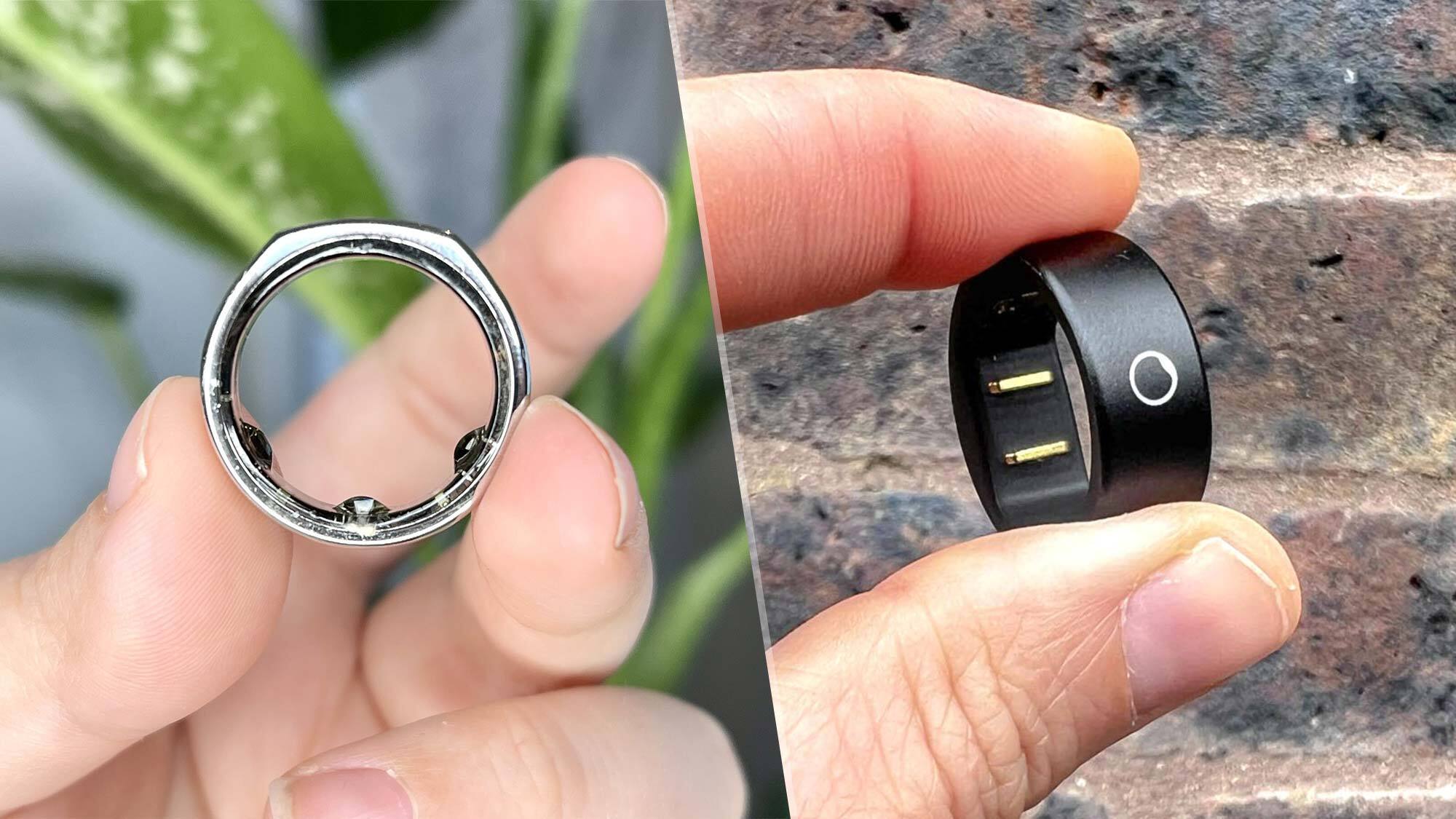The Smart Lander for Investigating Moon (SLIM) was launched onboard the H-IIA Launch Vehicle No. 47 on September 7, 2023, from the Tanegashima Space Center in Japan. The lander landed upside down on the Moon on Jan. 19, which has limited its operation due to the orientation of its solar cells away from the Sun. It is unclear if the spacecraft will survive the extreme temperatures during the extended lunar night. The Moon takes a whole month to complete one rotation, causing one side to experience lunar day while the other experiences lunar night.
Despite these limitations, the Japanese Aerospace Exploration Agency (JAXA) labeled the mission a success and stated that it had obtained numerous images from a region of the Moon that is not well understood. JAXA emphasized that they are proceeding with analyses to identify rocks and estimate the chemical composition of minerals, which will provide valuable insights into the Moon’s origin. They have also mentioned that they will share scientific results as soon as they are available.
The images captured by the SLIM lander, including a lunar surface scan mosaic and images of the lander on the Moon’s surface, have provided crucial data for scientific analysis. These images have provided insights into a region of the Moon that is not well understood. Japan became the fifth country to successfully land on the lunar surface.
In January, a U.S.-based Astrobotics mission to land its Peregrine craft on the Moon ended in failure, whereas a Japanese company, ispace, inc., also faced failure in its lunar landing attempt in 2023. The next rover launch attempt from the U.S. could occur as early as November when NASA launches its Volatiles Investigating Polar Exploration Rover aboard a SpaceX Falcon 9 rocket to investigate the Moon’s South Pole during a 100-day mission.
NASA’s Artemis lunar rover, the Volatiles Investigating Polar Exploration Rover (VIPER), aims to provide critical data to determine the distribution of water on the Moon and to assess available resources for future human space exploration.
Japan’s Moon Lander Might Have Sent Its Last Photo















